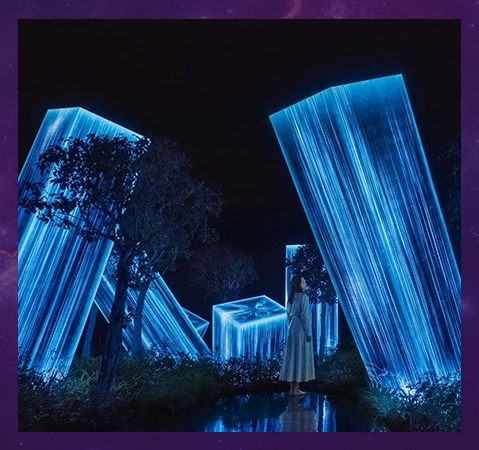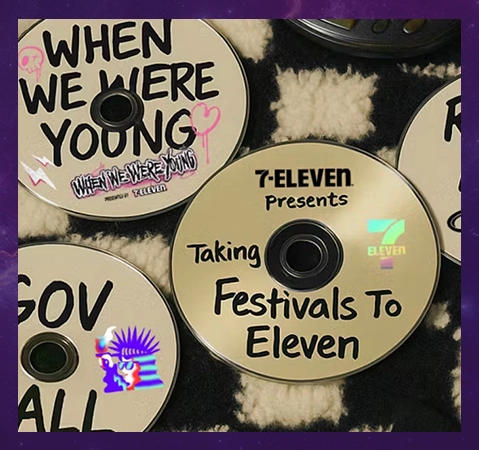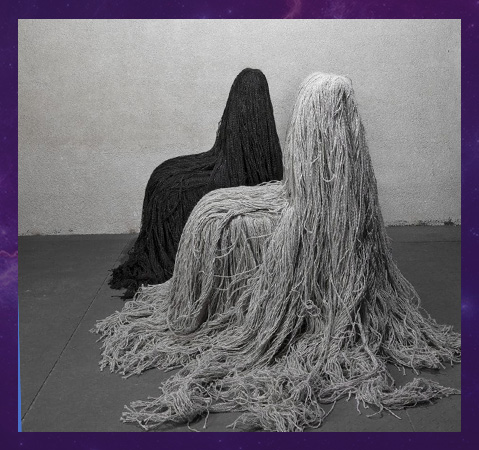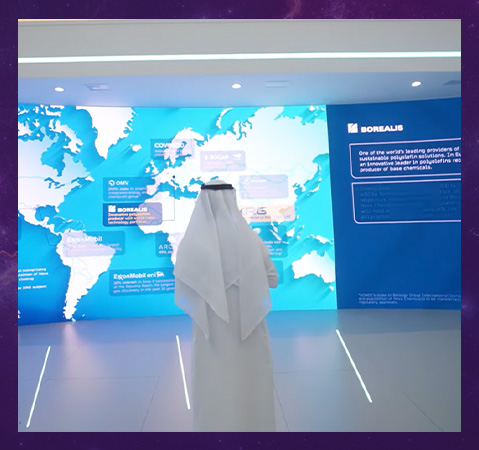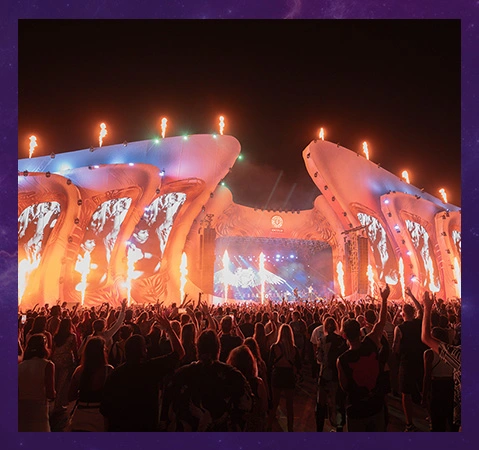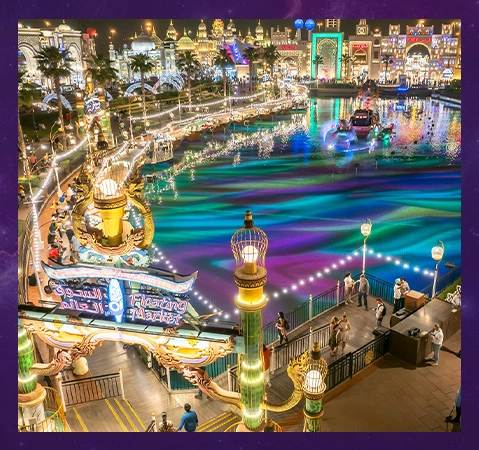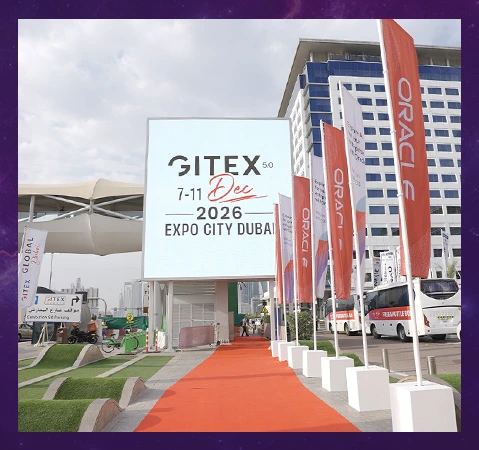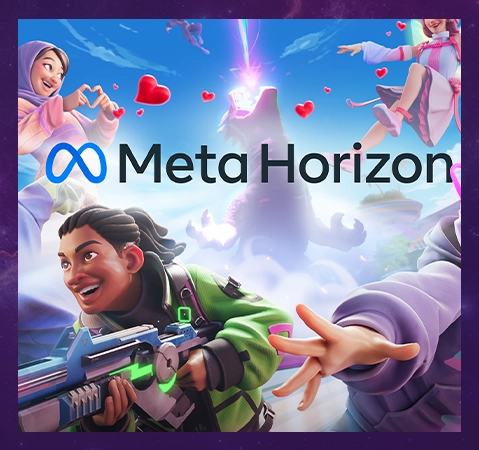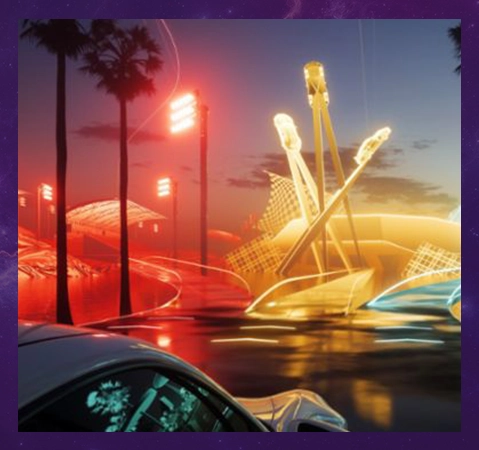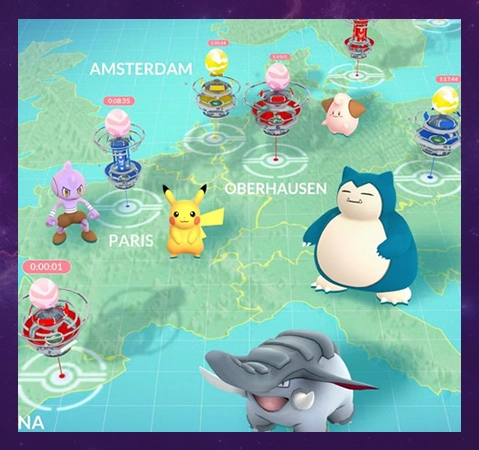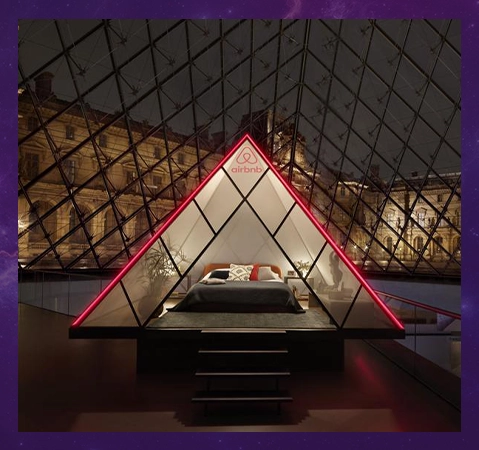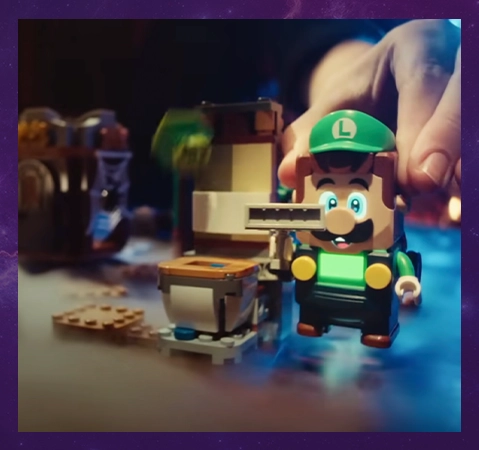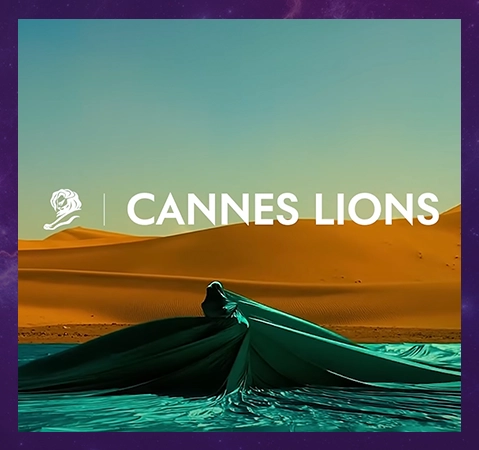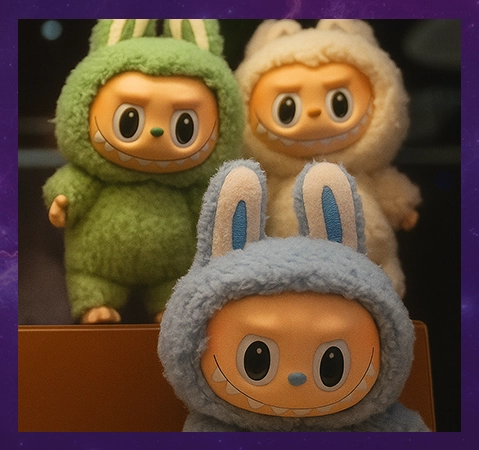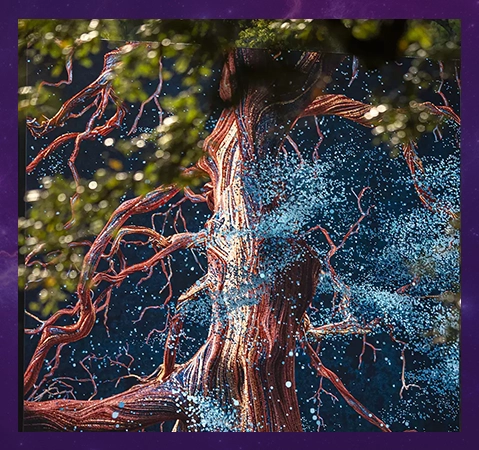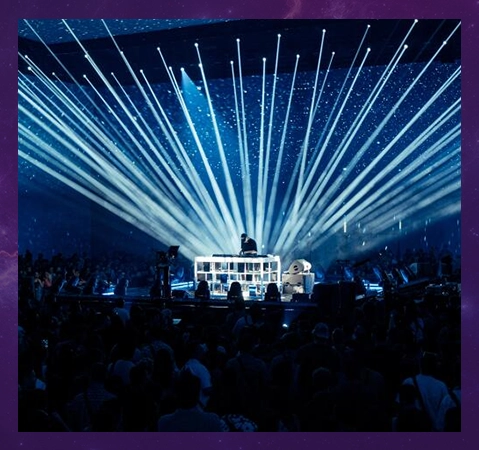
Phenomenal Growth of Pokémon GO Events as Experiential Marketing for Brands
share
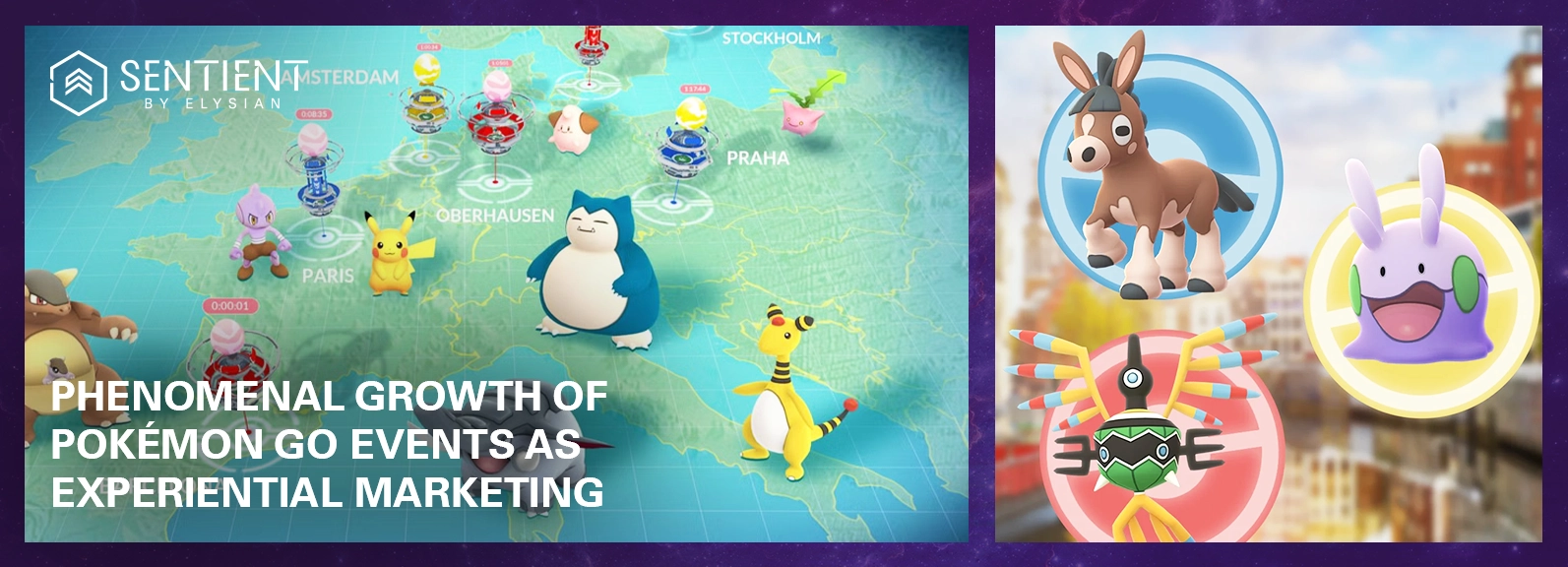
Summary:
Pokémon GO has evolved far beyond a mobile game—it’s now one of the world’s most successful experiential marketing platforms. Through large-scale events like GO Fest, Community Days, and Safari Zones, Niantic has created a global blueprint for how brands can connect with audiences in immersive, measurable, and unforgettable ways. From boosting tourism and driving wellness to fostering community and powering brand activations, Pokémon GO proves that gamified experiences are more than fun—they’re powerful marketing tools. This article explores the economic impact, brand strategies, and cultural influence that make Pokémon GO a case study in marketing innovation.
Table of Contents :
Pokémon GO Fest: A Gold Mine for Host Cities
From PokéStops to Power Plays: Brand Activations
Catching Friends: Building Authentic Communities
Wellness Wins: Turning Steps into Smiles
Tourism Trailblazer: Pokémon GO as a City Guide
The Digital Ripple Effect: Buzz Meets Data
Remember when Pokémon GO turned city streets into playgrounds? Fast-forward, and its live events—Community Days, Safari Zones, and globe-spanning tours—have become one of marketing’s most reliable real-world funnels. Blending augmented reality with scavenger-hunt energy, these gatherings drive foot traffic, ignite social sharing, and turn casual players into customers right where brands need them. From sponsored PokéStops to themed pop-ups and reward-driven quests, Pokémon GO events create measurable, story-worthy moments at scale.
In this article, we’ll unpack how Niantic’s platform powers brand activations, what results marketers can realistically expect, and the tactics that separate buzzy stunts from repeatable ROI.
How Pokémon GO Fest Is a Gold Mine—Literally—for Host Cities
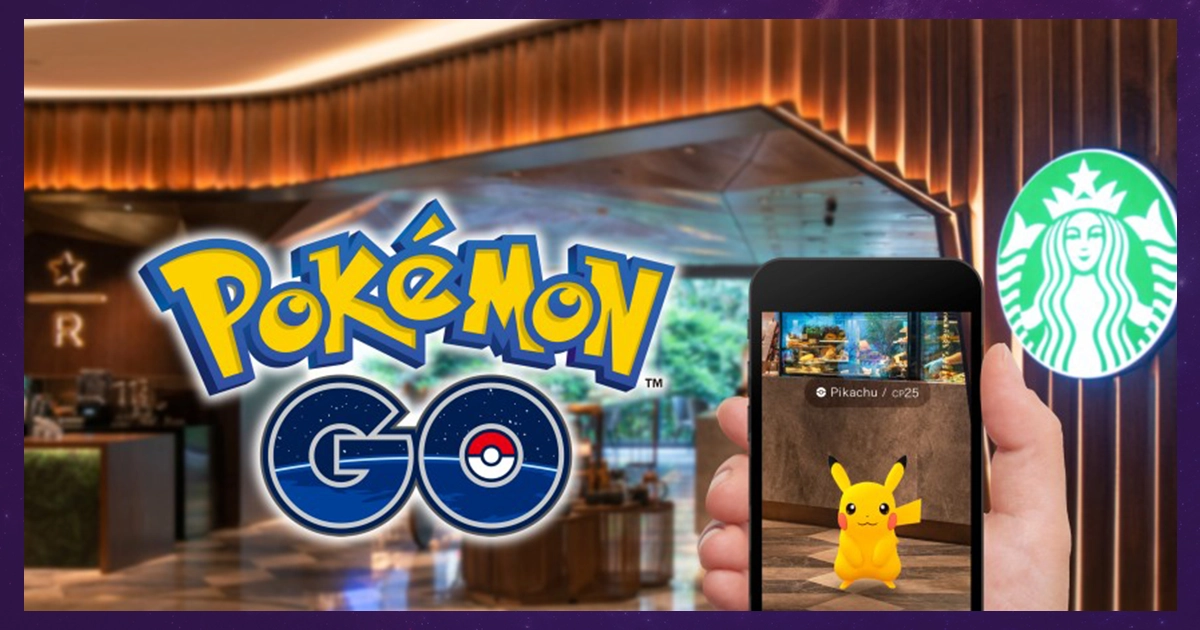
Imagine thousands of Pokémon fans converging on a city, not only catching critters, but also spending millions—and you’ve got a glimpse of what makes Pokémon GO Fest so much more than a game. In 2024, Niantic reported that GO Fest events across three cities generated a whopping $200 million in economic impact, including $61 million in tax revenue.
Take Madrid, one of the hotspots: over 192,000 attendees descended on local neighborhoods and Parque Juan Carlos I, with 59% coming from outside Spain—many from abroad. These Trainers spent on average 621 euros each (around 669 US dollars). Sendai, in Japan, enjoyed similar buzz—379,000 players explored the city and park, walking an average of 28 kilometers while generating 7,396 million Japanese yen (approximately 48 million US dollars) in economic boost and 2,796 million Japanese yen (around 18 million US dollars) in tax revenue.
Zoom out, and GO Fest storms across three continents, with 1.2 million Trainers participating, catching more than 26.6 million Pokémon, and walking an average of 18.3 km per person during the event window—a testament to AR’s power to move people in the real world.
To give even more context, a 2023 Statista-commissioned study put the combined economic impact of GO Fest in New York, London, and Osaka at $323 million, including $73.8M in tax revenue—dramatically eclipsing major events like the UEFA Champions League final ($80M boost to Istanbul) and Eurovision ($66M for Liverpool).
So here’s the delicious takeaway: Pokémon GO isn’t just a mobile game. Its live events are experiential marketing on steroids—driving tourism, foot traffic, social media buzz, and hefty economic returns. For brands, it’s a peerless playground: align yourself with GO Fest-style activations, and you don’t just ride waves—you help create them. And cities? They get a blockbuster-level tourism surge wrapped in adorable AR goodness.
From PokéStops to Power Plays: How Brands Join the Game
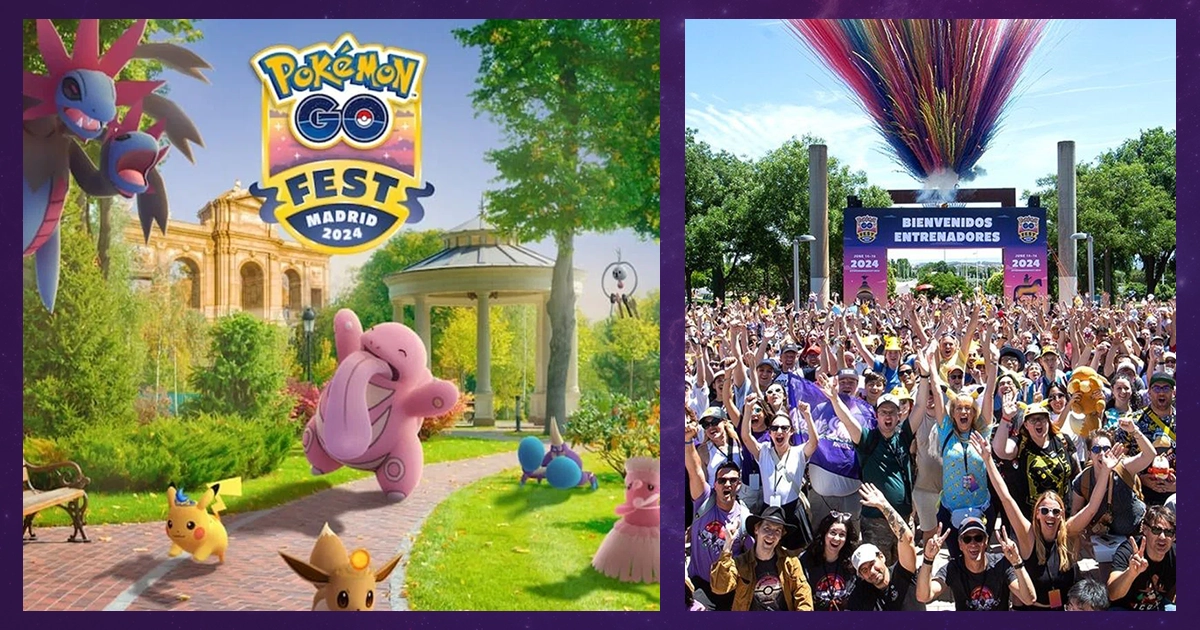
What if catching a Pikachu also led you to your nearest coffee fix? That’s exactly the kind of brand magic Pokémon GO has unlocked. Through Sponsored Locations, companies can literally drop themselves onto the game map, transforming stores, cafés, and even mobile shops into digital destinations for millions of Trainers. Starbucks, for instance, turned hundreds of outlets into PokéStops and Gyms, offering Pokémon-themed drinks and a real-world reason for players to step inside. Sprint also joined the party early, converting over 10,000 U.S. stores into in-game locations where Trainers could charge their phones while battling for control.
And it’s not just about pins on a map. Niantic’s sponsored field research tasks and event tie-ins make these activations feel like quests rather than ads. For example, Unibail-Rodamco-Westfield shopping centers across Europe hosted community days where catching Pokémon doubled as a reason to shop, dine, and linger. The foot traffic was measurable, and retailers saw a clear lift.
The results? Sponsored locations deliver real-world ROI. According to Niantic, stores that partnered with Pokémon GO saw foot traffic spikes of up to 12% during events. It’s experiential marketing that fuses digital discovery with physical engagement—something billboards and banner ads could never dream of achieving.
Even better, Pokémon GO events add a layer of social proof. Players share their catches, gyms, and selfies in branded spaces, amplifying the exposure far beyond foot traffic. The blend of scarcity (limited-time raids, rare spawns) and location-based rewards creates urgency that feels like a once-in-a-lifetime adventure—anchored by the brand hosting it.
In other words, Pokémon GO sponsorships don’t just stick a logo in front of a player. They weave brands into the storyline of the hunt. And when your coffee run becomes part of someone’s Pokémon journey, that’s more than advertising—it’s memory-making.
Catching Pokémon, Catching Friends: The Community Power of Pokémon GO
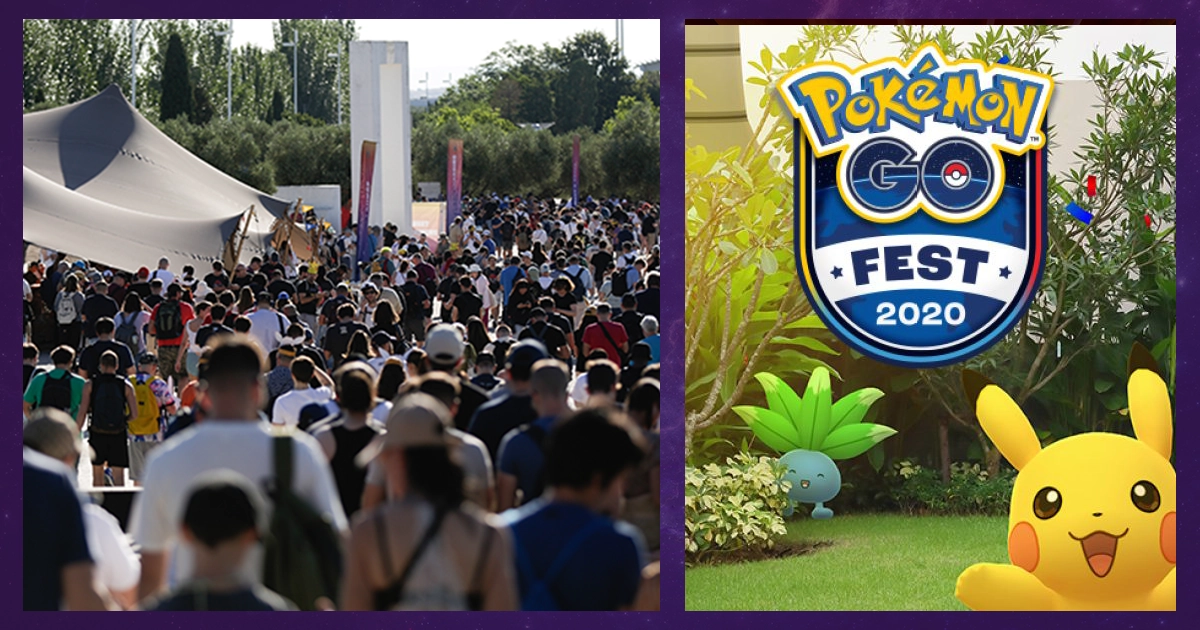
If you’ve ever joined a Pokémon GO raid in the middle of a park, you know the drill—strangers huddle, phones raised, cheers erupt when the legendary is finally caught. What started as a solo AR game quickly evolved into a community-driven phenomenon, and Niantic leaned hard into that with events like Community Days, Safari Zones, and GO Fest. These gatherings create something every brand craves but rarely achieves: authentic social connections tied to shared experiences.
Numbers back it up. A 2022 Niantic survey revealed that 84% of players attend Pokémon GO events specifically to meet other Trainers. And the results aren’t fleeting—many form local groups that keep meeting, whether through raid coordination apps or in-person hangouts. For brands, this means Pokémon GO events aren’t just single touchpoints; they’re gateways into sustained micro-communities where word-of-mouth thrives.
The community impact also stretches into inclusivity and accessibility. Events like GO Fest in Berlin and Seattle were designed with family zones, wheelchair-accessible routes, and multi-lingual support, making the gatherings welcoming to a wide demographic. This inclusivity multiplies the emotional goodwill—something brands struggle to buy but can benefit from by being present in these spaces.
And let’s not forget the social media effect. When thousands of Trainers flood Twitter, TikTok, and Instagram with photos of rare Pokémon or group selfies, brands associated with the event get pulled into the digital spotlight—organically. In fact, Niantic often encourages hashtag campaigns (#PokemonGOFest, #CommunityDay) that amplify event reach beyond physical attendance.
For marketers, the lesson is clear: Pokémon GO isn’t selling pixels—it’s selling belonging. And in a world where customers trust communities more than ads, attaching your brand to a Pokémon GO event means stepping into an ecosystem of friendship, nostalgia, and collective joy. When a player says, “Remember that time we caught Mewtwo outside the coffee shop?”—and your brand’s logo is in the photo—that’s loyalty money can’t buy.
Steps, Smiles, and Sponsorships: Pokémon GO as a Wellness Catalyst
It’s not every day that a mobile game is hailed as a fitness app in disguise—but that’s exactly the reputation Pokémon GO has earned. From its 2016 launch, Niantic’s AR adventure has nudged millions off the couch and into the streets, rewarding every kilometer walked with eggs hatched, Pokémon caught, and medals unlocked. Events like GO Fest and Community Day supercharge this effect, motivating players to walk far more than on a normal day. At GO Fest Sendai in 2024, for example, attendees logged an average of 28 km walked over the event period, proving that the thrill of catching Pokémon doubles as cardio.
The health impact isn’t just anecdotal. Studies show Pokémon GO players increased their daily steps by up to 25% in the first months of play, with some sustaining long-term boosts in activity (Harvard Health Publishing). Unlike typical fitness campaigns, Pokémon GO doesn’t nag—it gamifies movement, making exercise feel like an adventure. For wellness-minded brands—think sportswear, beverage companies, or even healthcare providers—this presents a golden opportunity to attach themselves to a feel-good movement that already has traction.
Some brands have leaned in cleverly. Athletic gear companies have used events to distribute limited-edition swag tied to kilometers walked. Local gyms have sponsored PokéStops, turning workout sessions into post-raid meetups. Even insurance companies in Asia experimented with Pokémon GO tie-ins, rewarding policyholders for logging steps within the game. These strategies align with consumers’ personal goals while positioning brands as partners in healthier lifestyles.
And it’s not just about the physical steps—it’s about mental wellness, too. By encouraging outdoor exploration and social play, Pokémon GO combats loneliness and stress, making its events particularly appealing to demographics seeking balance in a digital-heavy world.
For brands, the magic lies in authenticity. Pokémon GO doesn’t sell “fitness”—it sells fun that happens to make you fitter. By embedding sponsorships in that journey, companies can stand for wellness without the preachy tone. In the process, they turn every step, every smile, and every shared raid victory into a subtle but powerful brand alignment.
Inspired by the interactive, gamified magic of experiences like Pokémon GO, Sentient By Elysian, a UAE-based experiential marketing pioneer, crafts immersive environments and gamified activations that let global brands tell their stories in unforgettable ways. Check out their video and see how SBE is “obliterating boundaries” with immersive tech and inventive brand activations.
From Landmarks to Lures: Pokémon GO as a Tourism Trailblazer
What if your city’s hidden gems could become part of a global treasure hunt? That’s the tourism magic of Pokémon GO. By anchoring gameplay in real-world locations—statues, museums, historical markers—Niantic has turned cultural landmarks into living playgrounds. When GO Fest or Safari Zones roll into town, these mechanics don’t just entertain players—they rediscover cities through fresh eyes. Check out how LEGO is also building immersive experiences that turn imagination into interactive play.
Take Madrid’s 2024 GO Fest, where 192,000 attendees swarmed the Parque Juan Carlos I and surrounding neighborhoods. For 59% of those visitors, it wasn’t just about catching Unown or Pikachu—it was about exploring Spanish culture, restaurants, and heritage sites along the way. Similarly, in Sendai, Japan, the event spotlighted the city’s parks and shopping districts, pulling in 379,000 players who spent locally and immersed themselves in Japanese traditions. The city reaped not only financial benefits but also global exposure as an inviting destination.
This tourism boost is so strong that cities now compete to host events. Niantic reported that Pokémon GO Fest 2023 generated a combined $323 million in economic impact across New York, London, and Osaka—numbers that rival major cultural and sporting spectacles like Eurovision and the Champions League final. For city councils and travel boards, that’s not just marketing spend—it’s investment return.
But it’s not only mega-events that matter. On a smaller scale, PokéStops and Gyms near cultural landmarks drive ongoing tourism. A family visiting Paris might linger longer at the Louvre not only for the art, but because it’s also a raid location. Museums, local cafes, and even libraries have piggybacked on this effect, drawing foot traffic that wouldn’t have arrived otherwise.
For brands tied to travel—airlines, hotels, local tourism boards—the appeal is obvious. Pokémon GO turns sightseeing into gamified storytelling, with each stop along the way logged, shared, and remembered. And when players post their AR snapshots of legendary Pokémon hovering over a cathedral or castle, they amplify cultural icons on social media, turning cities into viral backdrops.
In short: Pokémon GO doesn’t just bring players to cities—it helps them see those cities. And in experiential marketing terms, that’s priceless.
From Selfies to Stats: Pokémon GO’s Digital Ripple Effect
Here’s the thing about Pokémon GO events: they don’t end when players go home. The digital aftershocks ripple across social media and into data dashboards, giving brands both exposure and insights. For marketers, that’s the jackpot—an activation that lives both in the streets and in the feeds.
On the buzz side, hashtags like #PokemonGOFest and #CommunityDay trend globally whenever events are live. In 2023, Niantic reported millions of AR snapshots shared online during GO Fest, with Instagram and TikTok flooded by Trainers posing alongside their catches. Every photo with a Pokémon superimposed over a landmark becomes a piece of organic marketing—not just for Niantic, but for the sponsoring brands and host cities in the background. It’s experiential marketing that doubles as user-generated content at scale.
Then there’s the data goldmine. Pokémon GO events collect insights on player behavior that most advertisers could only dream of:
- Footfall metrics (where people go, how long they stay).
- Engagement stats (quests completed, gyms battled, steps walked).
- Geographical reach (how far players traveled to attend).
For example, at GO Fest 2024, Niantic tracked 1.2 million participants worldwide, with players walking an average of 18.3 km each and catching 26.6 million Pokémon across the event window. Those aren’t just fun stats—they’re actionable marketing intelligence showing how people move, spend, and interact in hybrid physical-digital spaces.
Brands that sponsor PokéStops or challenges gain access to anonymized reporting, making it possible to measure ROI in ways traditional event sponsorships can’t. Did a sponsored location see higher dwell time? Did players redeem rewards in-store? Was foot traffic sustained post-event? These are the kinds of answers that transform one-off stunts into repeatable strategies.
The beauty is in the loop: social buzz amplifies event reach, while data insights sharpen future activations. For brands, Pokémon GO isn’t just about being seen—it’s about being understood. And in today’s marketing climate, visibility plus intelligence is the rarest catch of them all.
To Wrap It Up!
Pokémon GO events have transformed the way brands think about experiential marketing. They turn everyday streets and landmarks into interactive playgrounds, where players engage, socialize, and explore while brands gain visibility, loyalty, and measurable results. Beyond foot traffic and economic impact, these events foster community, wellness, and memorable experiences that resonate long after the game ends.
With immersive activations, gamified challenges, and innovative partners like Sentient By Elysian, brands now have the opportunity to create multi-sensory journeys that captivate audiences and inspire social sharing. Pokémon GO proves that marketing doesn’t have to be conventional—it can be playful, interactive, and deeply memorable, leaving both cities and consumers richer in experience.
In short, Pokémon GO events are more than a game—they’re a blueprint for how brands can connect, engage, and make a lasting impression in a fast-moving, digital-first world.
Website | LinkedIn | Instagram | YouTube | Facebook



